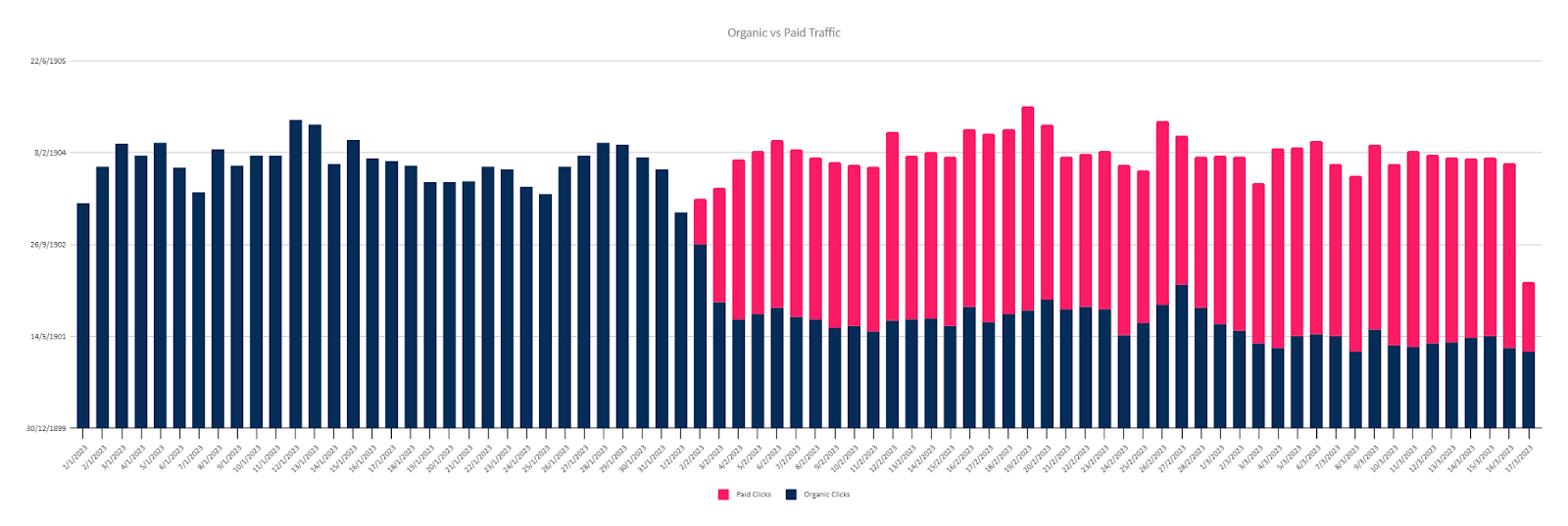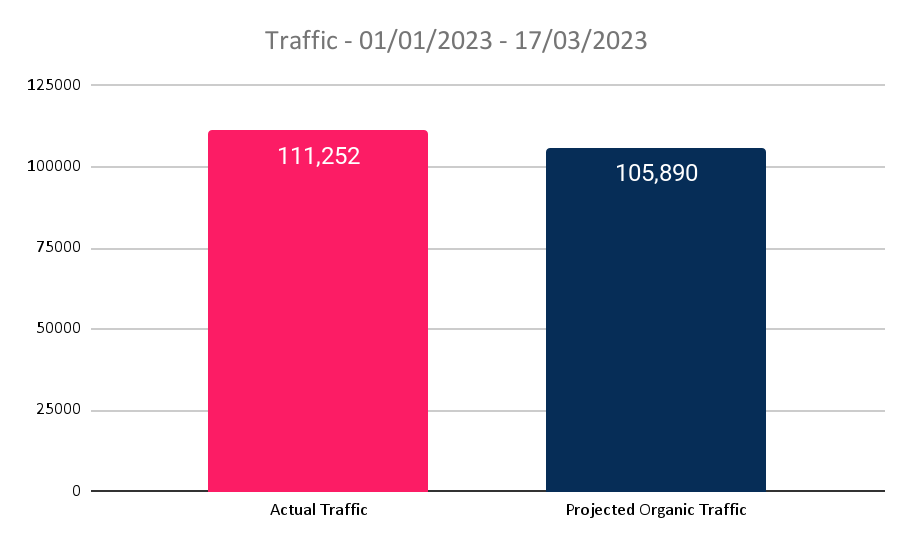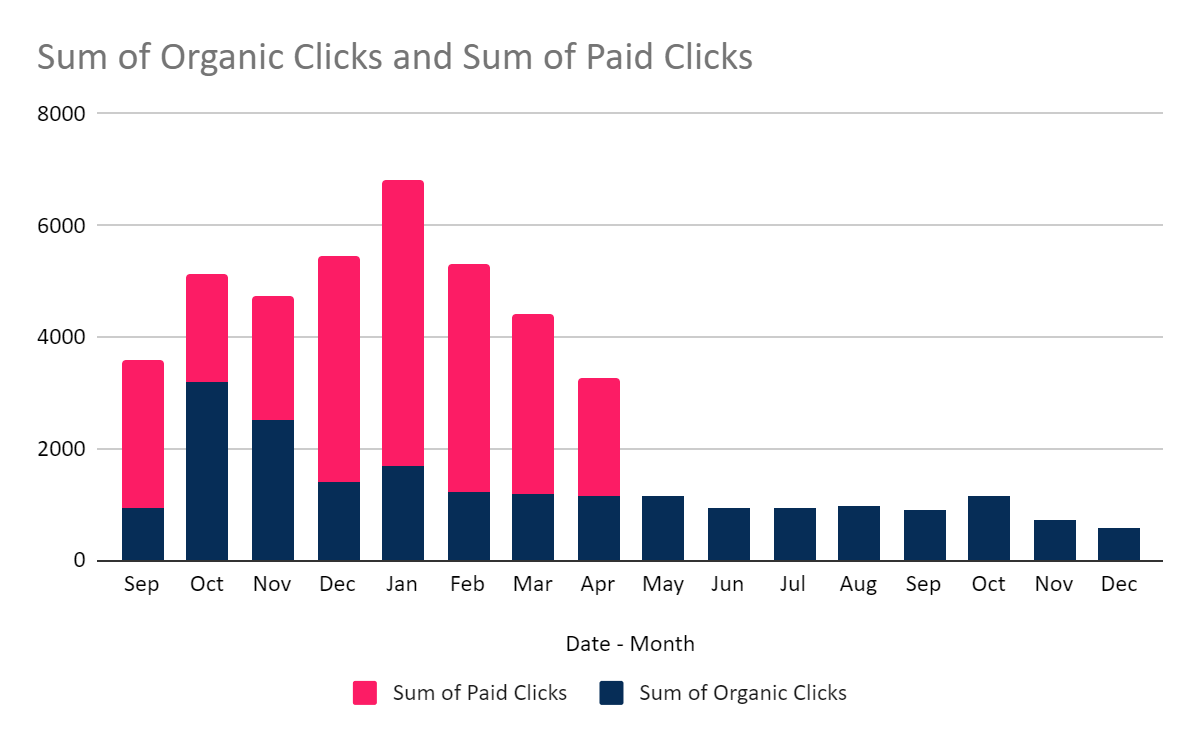Businesses want to make a profit and improve ROI – they are continually seeking to innovate and improve performance while simultaneously reducing cost. Driving efficiencies in digital marketing can help and our role at Artefact is to help our clients achieve this.
Even in 2023, SEO and paid search teams often work in silos, despite the two channels being intrinsically linked. Data shows that the click-through-rate (CTR) for organic listings is better than for paid listings, but when search engines show an ad on the results page then the CTR for the first organic result drops by 30%.1 This impacts organic performance for these keywords. There are plenty of scenarios where paying to appear in the search engine results page (SERP) will improve overall performance and ROI. However, there are also circumstances where websites perform well organically; spending on those keywords doesn’t improve overall performance and is potentially wasted on ads.
What we did
Artefact recently carried out a piece of work in one of Nissan’s markets with the aim of driving total search (SEO x PPC) efficiencies. Our hypothesis was that Nissan might not need to spend on pure brand ads where it was ranking in position #1 organically – freeing up this budget to be spent elsewhere. However, there was one important caveat: this would only prove successful should there be no other ads (competitors) appearing on the SERPs.
The hypothesis was tested in one market where it achieved substantial savings of tens of thousands of pounds – without impacting overall performance.
“At Nissan, we have been looking to optimise our ad spend globally to ensure that it is yielding the best results for the business. Our Global SEO Agency, Artefact, have been able to highlight areas where meaningful savings can be made without impacting our overall performance. We are excited to roll out similar tests across more markets and create a synergistic ‘Total Search’ strategy moving forwards.”Dip Shah, Global Head of Conversion Science at Nissan Motor Co.
The test period was just under 3 months (76 days). Paid activity was turned on for 44 days and off for 32 days. To measure the success of this test, data from Google Search Console and Google Ads was combined and CTRs monitored to determine if pay per click (PPC) was delivering incremental value.
Artefact calculated the average organic CTR for the days in which paid activity was turned off by multiplying organic CTR by organic impressions. This was used for the whole period to estimate the number of organic clicks that would have occurred had there been no paid activity during the period.
This estimation was compared with the actual number of clicks that occurred during the period (organic clicks plus paid clicks) and also with the projected number of organic clicks (CTR when paid activity is off multiplied by organic impressions for the whole period) to evaluate whether any incremental traffic resulted from the PPC spend incurred.
The graph below appears to show that there is not a big difference in total traffic when PPC is switched on for the pure brand keyword ‘Nissan’ compared to when it is turned off.

This graph shows the actual traffic received during the test (organic clicks plus paid clicks) compared to an estimate for the amount of organic traffic that would have occurred if paid activity had not been switched on.

The projected organic traffic for the period, as shown in the above graph, was 105,890 – only 5,362 clicks fewer than the actual cumulative organic and paid traffic (111,2525) attained during the test period. So, having PPC turned on during this period only led to an incremental 5,362 clicks.
Because paid activity was turned on, this pushed the organic result down the SERP meaning that paid traffic accounted for 39,974 visits rather than just the 5,362 incremental clicks the two channels drove together. As mentioned, by Artefact’s calculation, without PPC turned on, 34,612 of these visits would have been picked up by organic. This means that in actuality the cost-per-click (CPC), which should have been £0.23 for each click, was actually £1.71 for each incremental click that was acquired through paid activity.
Testing alternate scenarios
A similar test had been carried out previously on a model search term, ‘Nissan Qashqai’ with differing results. This test used the same method as above, but due to more data being available, it was carried out over 16 months.
Results of this test in the graph below show that when PPC activity is turned on for the keyword ‘Nissan Qashqai’, the total traffic to the site is far higher than when paid activity is turned off and organic traffic is relied upon solely. Over this 16-month period, PPC activity sent 25,590 incremental clicks to the Nissan site that would not have been picked up by Nissan organic search results. This could be due to a multitude of potential factors including (but not limited to) competitor PPC activity, the intent of the search and the performance of the Nissan website in Organic results.

The two tests generated quite different results. For the search term ‘Nissan’, Artefact recommended that PPC was switched off, whilst for the search term ‘Nissan Qashqai’ PPC the recommendation was to keep PPC t on. Artefact saw similar results when other model terms were tested. Competitors were consistently bidding on model keywords making Nissan’s own PPC essential.
Whilst Artefact determined that pure brand PPC could be disabled for the pure brand search term, this finding may not hold up should a competitor bid on the pure brand term. For this reason organic CTR on this search term is monitored and used to indicate competitor activity.
What we learned
Before conducting this test, Artefact knew that paid and organic synergy is paramount to an efficient digital marketing strategy. What the testing validated is that all synergistic campaigns are unique. Strict monitoring and testing are key to striking the right balance and improving overall ROI. There is not a standardised set of rules that can be followed because there are too many factors at play. There has to be a strong and transparent relationship between the teams running the paid and organic strategies and they must have an expert understanding of the search landscape to ensure data is interpreted correctly and the right decisions are made.
 CLIENT CASES
CLIENT CASES

